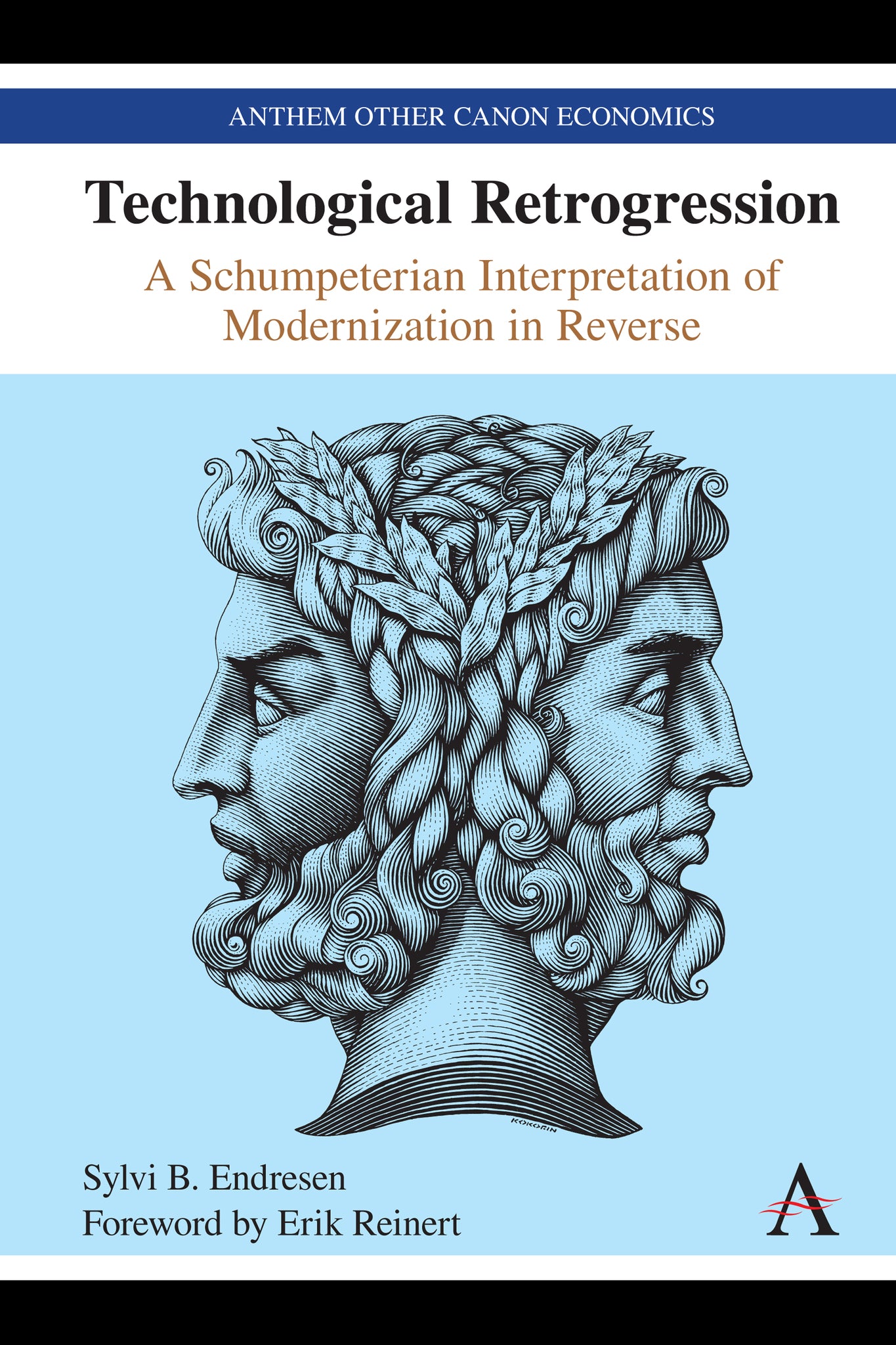We're sorry. An error has occurred
Please cancel or retry.
Technological Retrogression

Some error occured while loading the Quick View. Please close the Quick View and try reloading the page.
Couldn't load pickup availability
- Format:
-
08 June 2021

The aim of this book is to broaden our understanding of technological change by adopting the concept of technological retrogression. With reference to concrete cases of technological retrogression a new conceptual framework is developed. The book’s exposition aims at contrasting retrogressive economic dynamics of technological change to progressive dynamics as developed by Schumpeter. At one extreme in the dimension of technological change, capital-strong production units innovate their way out of the recession through technological progress, adopting more advanced production equipment that improves productivity. Following Schumpeterian progressive dynamics, virtuous spirals of growth result. At the other end we find the producers that resort to technological retrogression, which secures survival, but which result in low labour productivity, diminishing the possibility of capital accumulation and thus modernization that could form an escape from poverty. Vicious spirals of decline result, which is the book’s main object of analysis. The theory is, thus, a contribution to understanding the anatomy of recessions.

BUSINESS & ECONOMICS / Development / Economic Development, Development economics and emerging economies, BUSINESS & ECONOMICS / Development / Sustainable Development, BUSINESS & ECONOMICS / Economics / Theory, Sustainability, Economic theory and philosophy

“The book is potentially a timely and welcome contribution that goes against the stream in the flood of books on innovation but also on why countries remain poor. It contributes with an evolutionary perspective on the largely ignored phenomenon of technological retrogression, which, in turn, might be a major cause behind continuous falling behind and persistent poverty levels. The message to the development debate is clear – poor countries need to diversify and get their manufacturing sectors going.” —Martin Andersson, Associate Professor, Lund University, Sweden
List of Figures; Foreword by Erik S. Reinert; Acknowledgements; Preface: The Book within This Book; Introduction: The Concept of Technological Retrogression; 1. Challenging Linearity and Irreversibility; 2. Perspectives on Technological Heterogeneity; 3. Production Systems and Work Histories; 4. Empirical Evidence of Technological Retrogression: The Sri Lankan Case; 5. Empirical Evidence of Technological Retrogression: The Malaysian Case; 6. A Theory of Technological Retrogression; References; Index.



